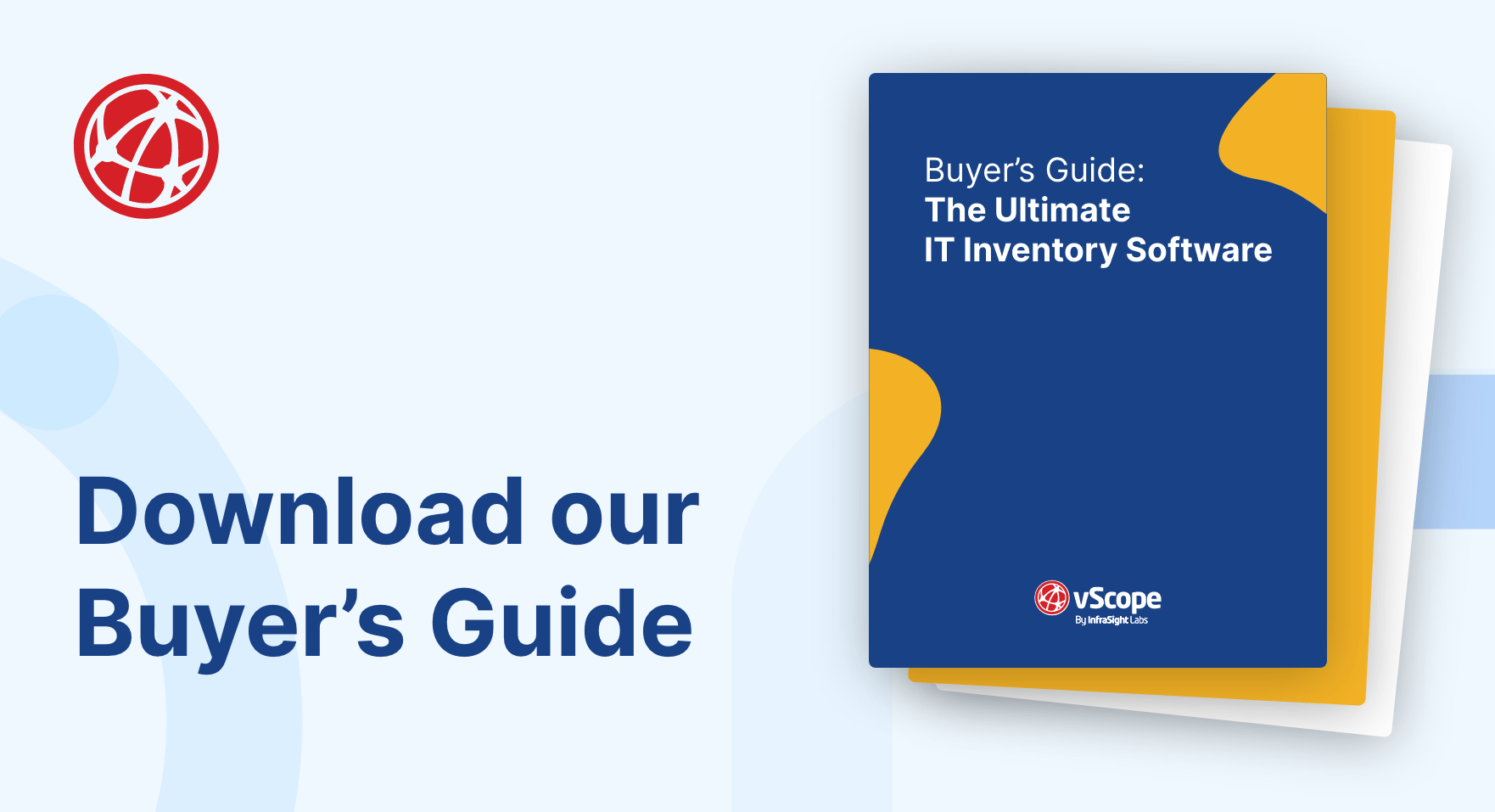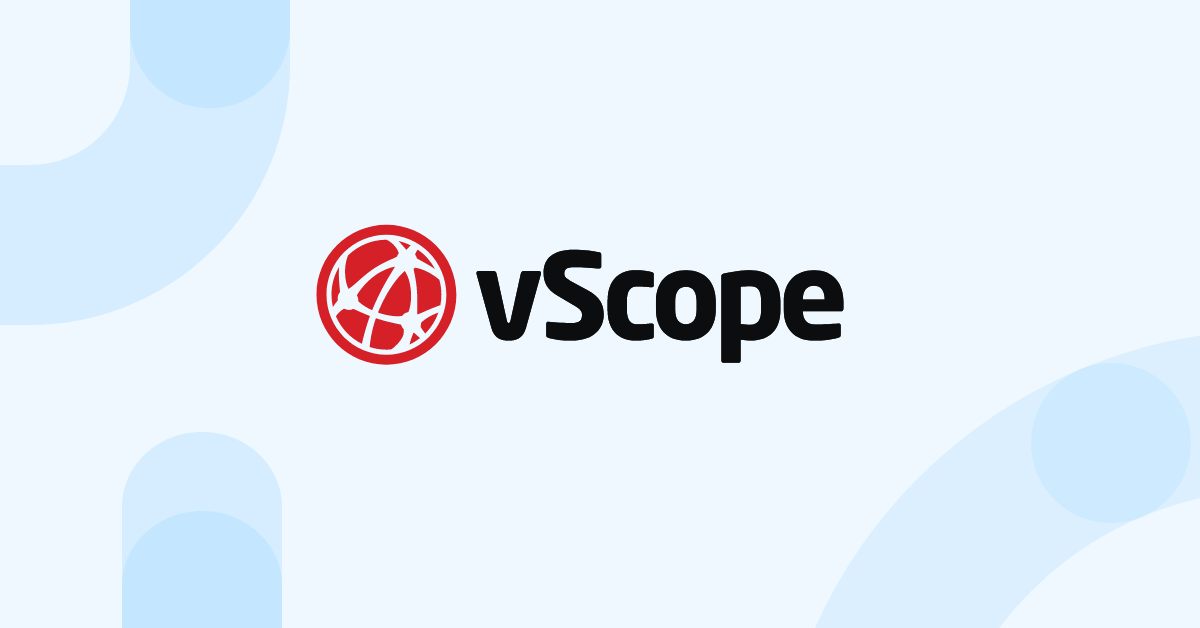Everything you need to know about ITSM
How can IT organizations better align their operations to support the main business objectives? How can technology facilitate more efficient workflows in the company as a whole and how can IT staff continuously improve its operations to deliver better IT services? These questions are some of the reasons why companies are investing in, implementing, and developing ITSM processes.
What is ITSM?
IT Service Management (ITSM) is the common name for all activities related to designing, planning, creating, deploying, and managing IT services. ITSM is the processes, the methodologies, and the runbooks defining a company’s practices and policies regarding how services are delivered. Incident management, change management, and knowledge management are some examples of processes that are defined within ITSM.
To facilitate good ITSM processes, companies often use one or several systems or tools to support IT departments to better handle the vast amount of information, resources, and assets related to service delivery. The scope of the ITSM system can vary from just focusing on service delivery and technical components, to comprise a wider range of assets such as people, partners, and facilities.
Common ITSM tools
- Configuration Management Database (CMDB)
Used to store information about configurations and hardware and software assets. Learn more - Knowledge Base/Wiki
Software to store documentation and guides to facilitate collaboration and knowledge transfer between staff members. - IT Asset Management (ITAM)
Designed to handle processes related to an IT asset’s lifecycle. - Service Desk
The point of contact between the users and the IT organizations (see below).
A service desk – an integral part of ITSM
With a service desk, users can feedback and communicate with the IT staff responsible for service delivery. With a service desk application, users can create incident tickets, requests, or ask questions. The service desk acts as a hub for improved service delivery and can provide IT organizations with KPIs to be used as metrics for measuring its performance, often benchmarking against service level agreement. Examples of KPIs are the number of incidents, service requests, the customer satisfaction score, and the average resolution time.
Here are a few examples of popular service desk applications:
Processes within ITSM
ITSM is an umbrella term that encompasses a wide range of processes in an organization. Maybe you are already familiar with a few of them?
- Asset management (ITAM)
The tracking, updating, and managing hardware or software assets during their life cycle is defined in an asset management process. - Change management
Practices related to ensuring efficient and prompt handling of all changes to IT infrastructure that might affect service delivery. - Configuration management
Maintaining consistency of a service’s performance. A company may use a CMDB to store important information about configurations. - Knowledge management
The process of creating, sharing, using, and managing knowledge within an IT-organization. - Incident management
The practices of governing any interruptions or incidents of services. The goal is to restore the service to the agreed service level as fast as possible. - Problem management
The set of processes for managing the lifecycle of problems could happen in an IT service. - Project management
The planning, tracking, and delegation of tasks during the lifecycle of an IT-related project. - Release management
The process of managing, planning, scheduling, and controlling service updates through different stages and environments.

Why is ITSM important?
With ITSM, a company lowers risks, people dependencies and facilitates effective and efficient operations. ITSM helps companies to align the goals of the IT organization with those of the business. Without an ITSM framework, companies risk losing control and predictability of their service delivery.
This may negatively affect costs and weaken a company’s ability to perform and achieve its goals. Another important purpose of ITSM may be to regulate a company’s processes and IT operations to ensure compliance with various regulations.
What’s the outcome of ITSM?
ITSM may positively affect a company in many different ways. One of the most important reasons why companies implement an ITSM framework is to improve the overall quality of their service delivery. In the end, IT’s core purpose in a company is to serve the main business with the services it demands.
In addition, ITSM helps IT departments control costs, improve customer satisfaction and governance. According to Marrone (2011), who has conducted research to investigate the impacts of implementing an ITSM framework, the three most realized benefits in a company implementing ITSM were:
- Improved quality of service
- Standardized processes
- Increased Customer/End-user satisfaction
From a business perspective, ITSM helps management to better understand IT’s business impact, needs, and how to drive cost efficiency.
Common challenges implementing ITSM
From an organizational perspective, lack of resources, organizational resistance, and maintaining momentum are, according to studies, the top three perceived challenges implementing ITSM. In a broader perspective, we can add a few other bullets to the list such as:
- Risk and security concerns
- Unplanned downtime
- Lack of proper tools and features as studies conducted by Jäntti points out (Challenges in Implementing IT Service Management Systems)
ITIL vs. ITSM – what’s the difference?
IT infrastructure library (ITIL) is a methodology, a set of best practices, within ITSM. Its purpose is to align IT operations with business objectives and needs. ITIL is used to formalize the processes within a company’s ITSM processes.
ITIL breaks down ITSM into five stages of a service’s lifecycle, each with its own set of recommendations, to help companies improve their service operations. Here is a quick overview of the various stages to get you started but you can find additional information on CIO-Wiki.
1. Service strategy
The first stage defines the needs of the business and determines what services the IT organization must deliver.
2. Service design
The scope of this stage includes designing services to meet the requirements and/or what changes and improvements need to be made to existing services.
3. Service transition
Building and deploying IT services.
4. Service operation
Defines the practices to ensure that services are delivered effectively and securely.
5. Continual Service Improvements
Continual quality assurance of service delivery including learnings and insights from the past. Aims to improve efficiency and effectiveness of service delivery.
Additional ITSM frameworks
In addition to ITIL, there are multiple frameworks that can all be used to define a company’s ITSM processes.
1. Business Process Framework (eTOM)
Designed for telecom service providers in the telecommunications industry. Read more.
2. ISO/IEC 20000
Considered as the first international standard for service management. Originally based on BS 15000. Read more.
3. Microsoft Operations Framework (MOF)
Includes 23 documents that encompass the full lifecycle of an IT service, emphasizing Microsoft technologies. Read more.
Transforming ITSM using IT Inventory
An IT inventory solution provides a comprehensive view of an organization’s hardware, software, and network assets, allowing IT teams to track, manage, and optimize these resources effectively. By leveraging IT inventory in their ITSM process, organizations can boost efficiency, reduce costs, and ensure the delivery of high-quality IT services. With a well-maintained IT inventory, ITSM becomes a proactive, agile, and data-driven function, ready to meet the ever-changing demands of the digital age.
Here’s a few example how companies benefit from using IT inventory in their ITSM processes:
Enhanced Visibility: IT Inventory provides real-time insights into the entire IT ecosystem, enabling ITSM professionals to have a detailed understanding of their assets, configurations, and dependencies. This visibility empowers them to make informed decisions, streamline operations, and proactively address issues.
Improved Incident Management: With a well-maintained IT inventory, incident management becomes more efficient. IT teams can quickly identify affected assets, track their history, and expedite resolution, reducing downtime and minimizing disruption to business operations.
Efficient Change Management: Effective change management is crucial in ITSM. IT Inventory allows organizations to assess the impact of proposed changes on their IT infrastructure, reducing the risk of unintended consequences and ensuring smoother transitions.
Streamlined Asset Lifecycle Management: IT inventory systems help in tracking the complete lifecycle of IT assets, from procurement to disposal. This capability ensures that assets are utilized optimally, reducing costs and improving resource allocation.
Compliance and Security: IT Inventory supports compliance efforts by providing a clear overview of software licenses, hardware configurations, and security vulnerabilities. This, in turn, helps organizations maintain compliance with industry regulations and best practices.
Build a more productive organization with vScope
vScope offers teams great IT visibility. If you are interested in how you can leverage leading IT inventory to build a more collaborative and productive organization, please get in touch to learn more.
Subscribe to our Newsletter
Let us share product updates, news, and market insights directly to your inbox.





